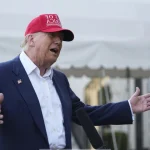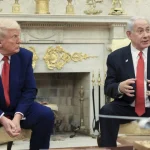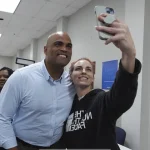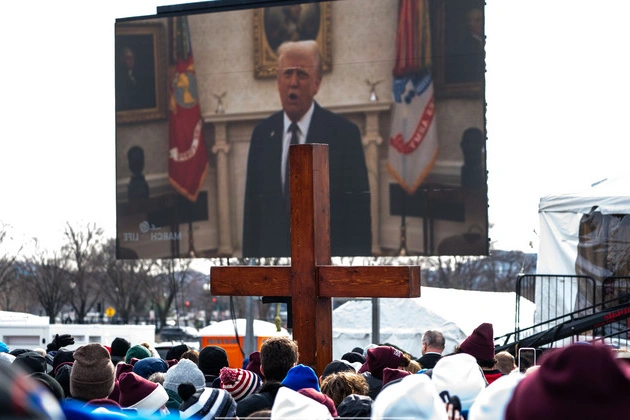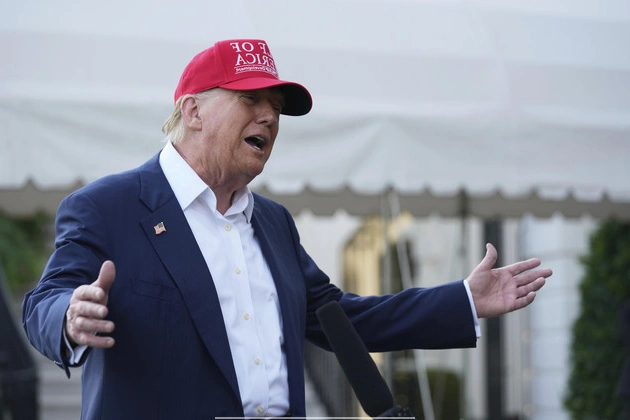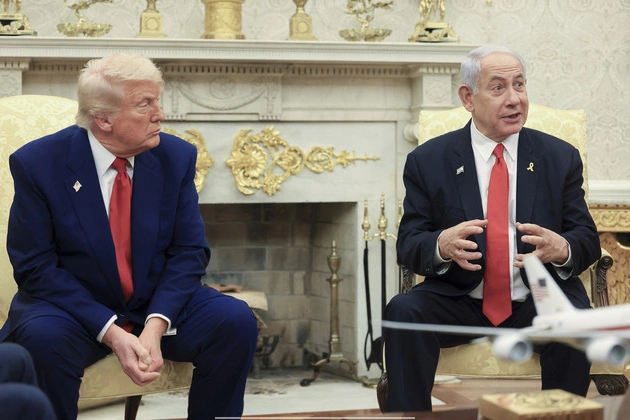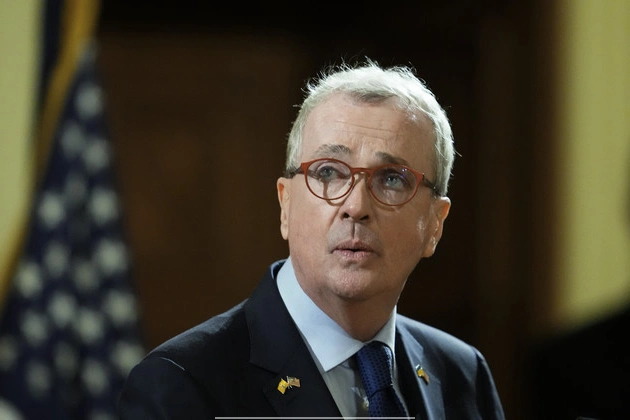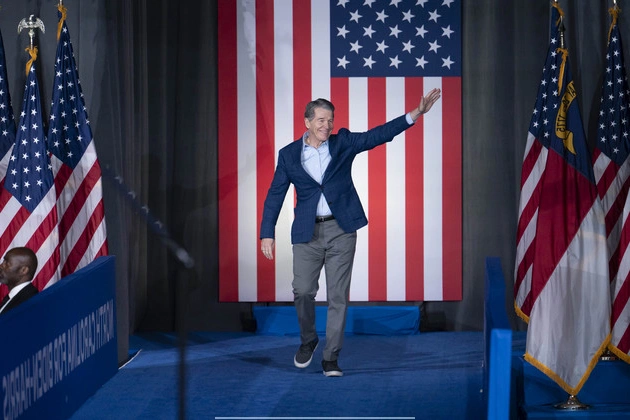
The Trump administration has taken a sledgehammer to the federal government as it tries to cut costs and workforce. But administration officials on Friday defended the cuts at the Department of Health and Human Services as far more surgical.
HHS, in coordination with the Department of Government Efficiency, on Friday began the process of dismissing 3,600 probationary employees, according to administration officials, who were granted anonymity to share details that have not yet been made public.
Strategic Exemptions and Key Areas
As criticism grew on Friday over the Trump administration’s dismissal of thousands of workers across the federal government, the officials stressed that employees in key areas — namely politically sensitive staffers such as CDC and FDA scientists, frontline health care workers and Medicare employees — had been exempted. At HHS, administration officials excluded roughly 4,000 employees who were determined to work in critical areas, the officials said.
The administration’s message comes as a sharp departure from the approach that Trump and DOGE have taken with cuts in other federal departments and agencies, with Elon Musk and other Trump allies gleefully splaying the wreckage across social media. The comparatively cautious approach the administration is signaling underscores the delicate political ground on which it is treading, particularly if the ripple effects of those cuts make their way back to members of Congress who until now have let DOGE’s work continue unimpeded.
It also comes one day after Robert F. Kennedy Jr. was sworn in as the agency’s new secretary.
“Health care is obviously a really important goal for the new secretary, for the president, and it was really important for us to make sure that we were very thoughtful,” one of the administration officials said. “On the one hand, we obviously want to make the government more efficient, we want to reduce the size of the federal workforce. We also want to make sure that we’re very thoughtful about critical functions that the government needs to perform.”
Officials cautioned against extrapolating the approach DOGE took with HHS to other agencies, saying that there will be “different strategies for different agencies.”
Strategic Employee Retention
According to the officials, probationary employees who did not lose their jobs include those working on refugee resettlement at the office responsible for caring for unaccompanied migrant children; emergency preparedness within the Administration for Strategic Preparedness and Response; all scientists conducting research at the Centers for Disease Control and Prevention and the National Institutes for Health; all frontline health care providers at the Indian Health Service; everyone working on Medicare and Medicaid at the Centers for Medicare and Medicaid Services; and everyone involved with reviewing and approving drugs or conducting inspections at the Food and Drug Administration.
The officials said that in addition to looking at the areas in which these employees worked, they also looked at their background and job title to determine whether they performed a key role. The officials added that they leaned on a “combination of folks,” including both political and career staff and former Trump administration officials, to determine who should be kept.
When it came to CDC, the officials added that DOGE was cognizant of the potential for a widespread outbreak of bird flu and wanted to make sure they “weren’t inhibiting their surveillance and ability to respond to outbreaks like that.”
Still, the cuts did reportedly hit one element of the agency’s public health response operations: the Epidemic Intelligence Service, which is made up of officials regularly deployed to the front lines of public health responses.
Meticulous Process vs. Real Experience
The administration’s description of a meticulous process contrasted sharply with how the situation played out across the sprawling health department on Friday, according to interviews with several career health officials granted anonymity to speak freely.
Probationary staffers spent much of the day in the dark over whether and when they would be fired. Office supervisors were given little information, with some unclear even on which of their reports were set to be dismissed and what criteria was used to make the decisions. In some cases, officials were still making arguments for keeping certain employees they believed were essential as late as Friday morning.
In interviews with POLITICO, career officials described the overall experience as traumatic and anxiety-inducing. It was one that continued well into the evening for many of those who never heard about their job status — and remained unclear whether that meant they were safe or just had yet to be officially fired.
The sweeping cuts at HHS and across the government drew sharp criticism from Democrats in Congress for appearing haphazard and callous. On Friday night, Republican Sen. Lisa Murkowski of Alaska also expressed her disapproval.
“Many of these abrupt terminations will do more harm than good,” she wrote in a post on X. “I share the administration’s goal of reducing the size of the federal government, but this approach is bringing confusion, anxiety and now trauma to our civil servants.”
Administration officials said the cuts at HHS are expected to save more than $600 million annually.
